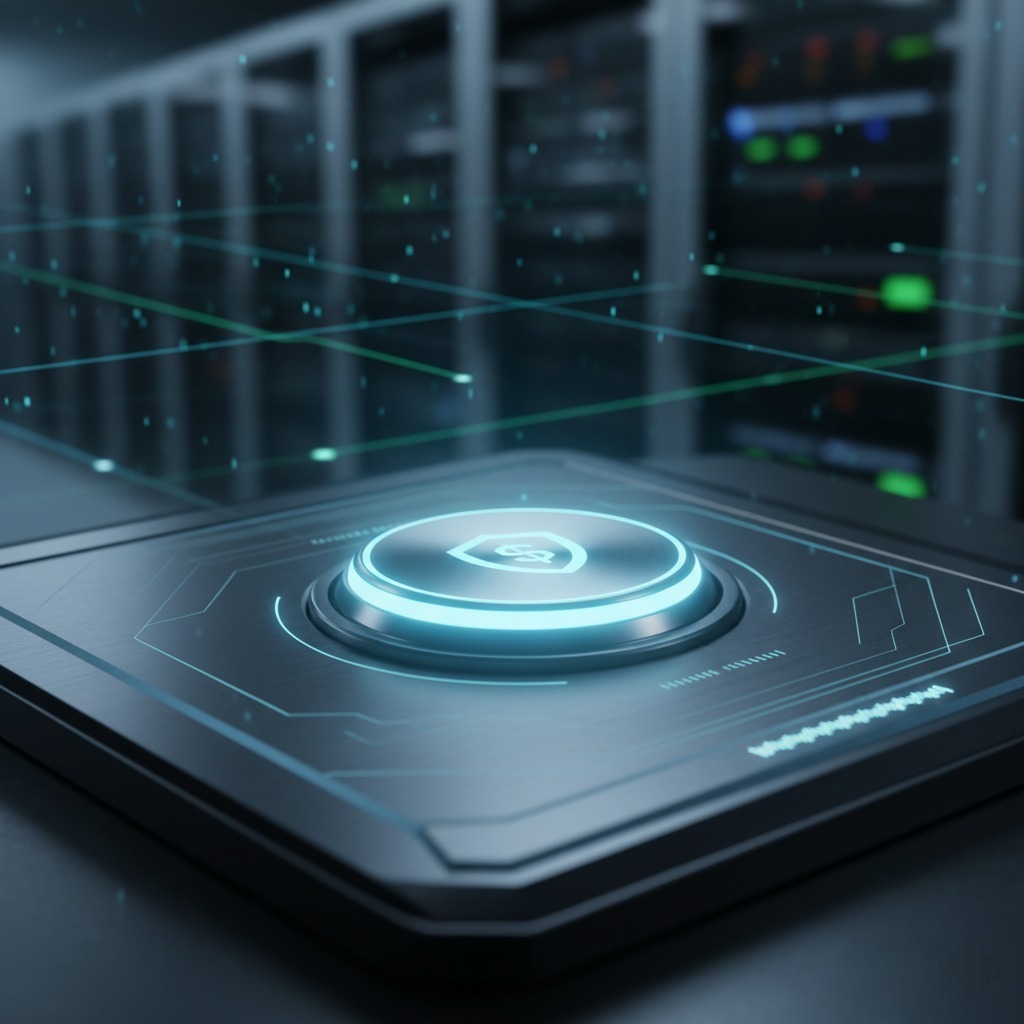
If you want your business to remain competitive even during a business disruption, you need to self-reflect.
What’s your plan against the unexpected?
The truth is, numerous threats can halt your business operations at any time. If your employees cannot quickly pivot to ensure business continuity, you won’t just struggle with competition, but with survival.
The simple solution is a business continuity plan (BCP).
Techopedia defines BCP as:
“A business continuity plan (BCP) is a plan to help ensure that business processes can continue during a time of emergency or disaster. Such emergencies or disasters might include a fire or any other case where business is not able to occur under normal conditions. Businesses need to look at all such potential threats and devise BCPs to ensure continued operations should the threat become a reality.”
BCP empowers your business to respond to disruption(s) that could potentially affect business operations. It minimizes the impact of disruptions while also enabling you to quickly get mission-critical processes up and running with minimal or no data loss.
Being able to deliver services/products to customers despite calamities paints your business in a positive light among customers.
Essentially, BCP safeguards your revenue and reputation during business disruption.
BCP will play an important role in a post-pandemic world. It’s likely your business will have to operate with a hybrid infrastructure, where half your employees will work from the office and the other half from pretty much anywhere.
A healthy business continuity plan should have the following components:
BCPs vary based on the requirements of an organization’s industry and the unique needs of the business. However, there are a few components every healthy BCP should have.
1. Recovery personnel
A dedicated individual should be assigned to manage the recovery process to get systems back up and running quickly.
2. Recovery procedure
The recovery procedure outlines the strategies to restore key business functions and helps to prioritize assets critical to business operation. These assets include equipment, IT systems and contact lists. To protect critical assets, classify them based on their criticality to the business and define recovery objectives such as Recovery Point Objective (RPO) and Recovery Time Objective (RTO).
3. Data backup
Your BCP should establish how to back up data as well as the methods used for backup and recovery. Depending on RTO and RPO, as well as the granularity of recoveries required (i.e., restoration of individual files), your methods may vary.
BCP testing gives you insights into how prepared your employees are in case a disruption occurs. It is a risk-to-reality simulation in which employees need to work together to find a solution and recover lost data, communications technologies or damaged property.
To keep everything running smoothly, your business should test BCP at least once a year. However, the frequency of your testing largely depends on the nature of your business, turnover rates, rapid process changes or new regulations.
On the surface, manual testing is important to maintain a business continuity plan that works during an actual disruption. The reality is that businesses struggle to match manual BCP testing with the frequency at which cyberattacks occur.
Confused about how to move forward with your business continuity plan and testing? Don’t worry. We can help. Contact us now to learn more.

.jpg)
